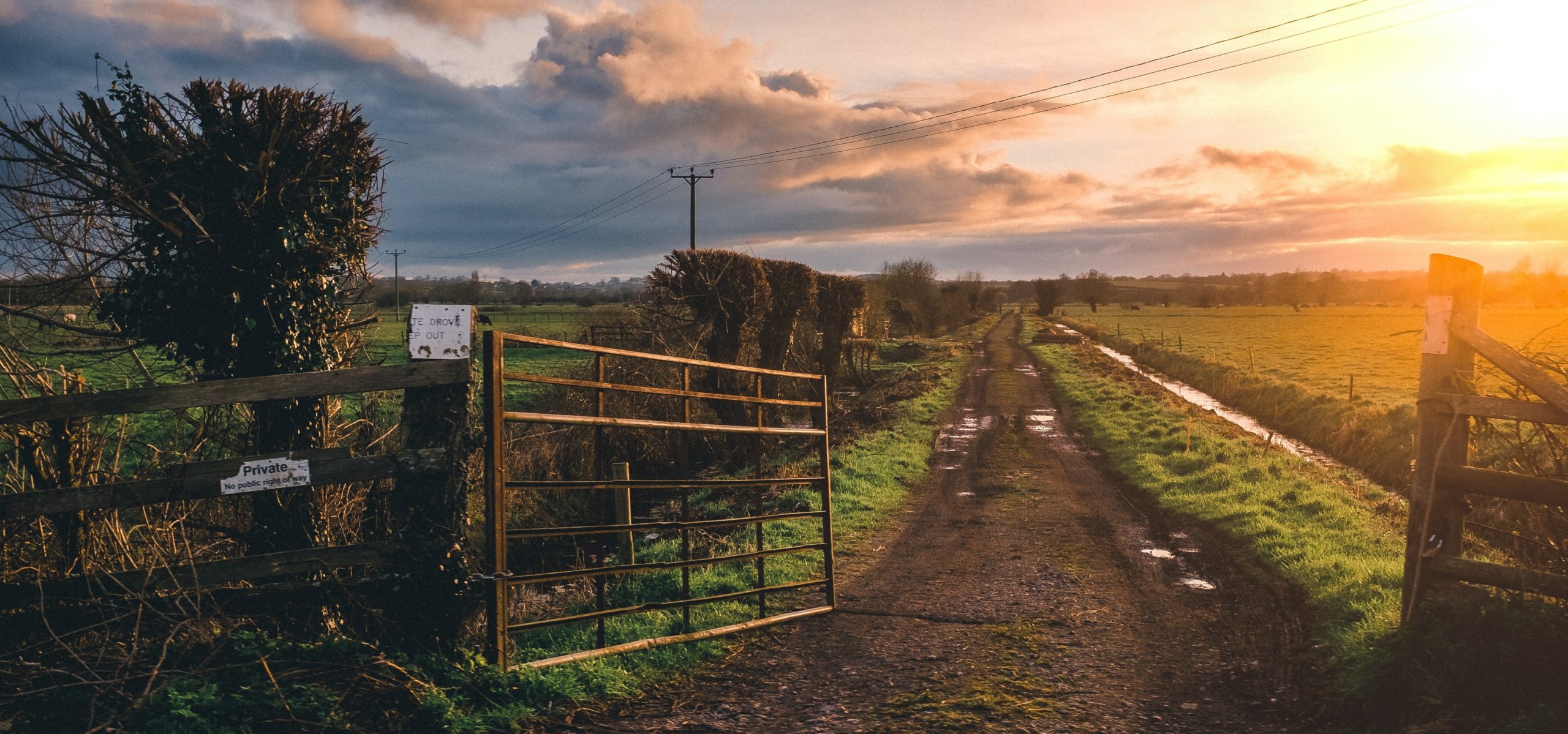In this article, we discuss proposed changes to the Disputes Tribunal that may significantly impact how mid-value disputes are resolved — including a potential increase to its jurisdiction and what that could mean for access to justice.
To fence or not to fence – the new stock exclusion regulations
The Government has released new policies in relation to freshwater to ensure good quality water is available in the future. As a part this, new stock exclusion regulations came into force on 3 September 2020 and we outline what you need to know.

Regulations have been introduced to keep livestock out of certain waterways. These regulations are made under the Resource Management (Stock Exclusion) Regulations 2020 which came into effect on 3 September 2020. These apply to anyone in New Zealand who controls livestock (other than sheep, which are not restricted by these regulations).
“Exclusion” from a waterway means there needs to be a setback of at least 3 metres from any lake, river, or natural wetland that is more than 1 metre wide with an effective barrier so that stock can’t get into the waterway.
Timeframes for compliance:
Natural Wetland
On a new farm, livestock are to be excluded from wetlands that are identified on any regional or district plan or regional policy statement when the farm is created.
On existing farms, livestock must be kept out of:
- Natural wetlands that are identified by a regional or district plan or regional policy statement (by 1 July 2023).
- Wetlands that support the population of threatened species (by 1 July 2025).
- Wetlands 0.05 ha or greater on low slope land (as mapped, see link below) (by 1 July 2025).
Lakes or Rivers
A lake is defined as a body of freshwater which is entirely or nearly surrounded by land.
A river is defined as a continually or intermittently flowing body of freshwater; and includes a stream and modified watercourse; but does not include any artificial watercourse (including an irrigation canal, water supply race, canal for the supply of water for electricity power generation, and farm drainage canal).
For a new farm, livestock are to be excluded from lakes and rivers as soon as the farm is created.
On existing farms:
- Beef cattle and deer that are break feeding or grazing on annual forage crops or irrigated pasture must be excluded from lakes and rivers by 1 July 2023.
- Dairy cattle and pigs must be excluded by 1 July 2023.
- On low slope land (as mapped on low slope land viewer) beef cattle and deer must be excluded by 1 July 2025.
- Dairy support cattle must be excluded by 1 July 2025.
Further important information
Smaller streams (under 1 metre), drains, artificial watercourses, water races, ephemeral flows or irrigation canals are not subject to these regulations.
The 3 metre rule does not apply if livestock are crossing the lake or wide river and do not cross more than twice in one month.
If there are more stringent rules in a district or regional plan – then those rules will need to be followed and take hierarchy over these regulations. For example, Plan Change 1 for Waikato Regional Council.
The barrier that excludes stock from a natural wetland, lake or river does not have to be a fence – any method of barrier will generally be ok if it keeps stock out.
If there is an existing barrier that already excludes livestock – then these barriers do not have to be moved. These barriers would have needed to be in place before 3 September 2020 to make them exempt.
Non-Compliance
Non-compliance with the above regulations is costly; and can be punished with an infringement fee of $100 per animal (up to a maximum of $2,000), or $2000 per person, or $4000 per non-natural person.
This article is current as at the date of publication and is only intended to provide general comments about the law. Harkness Henry accepts no responsibility for reliance by any person or organisation on the content of the article. Please contact the author of the article if you require specific advice about how the law applies to you.
For further information



